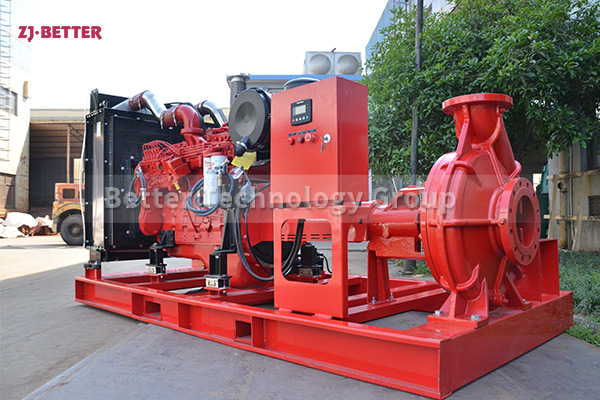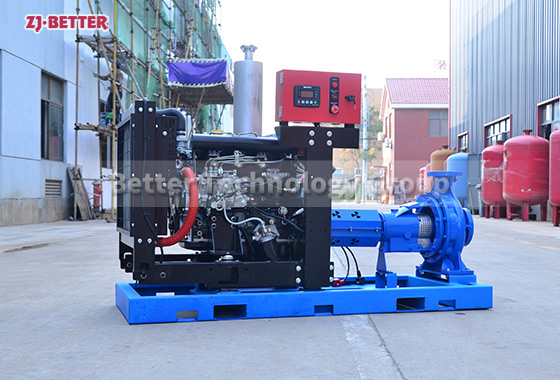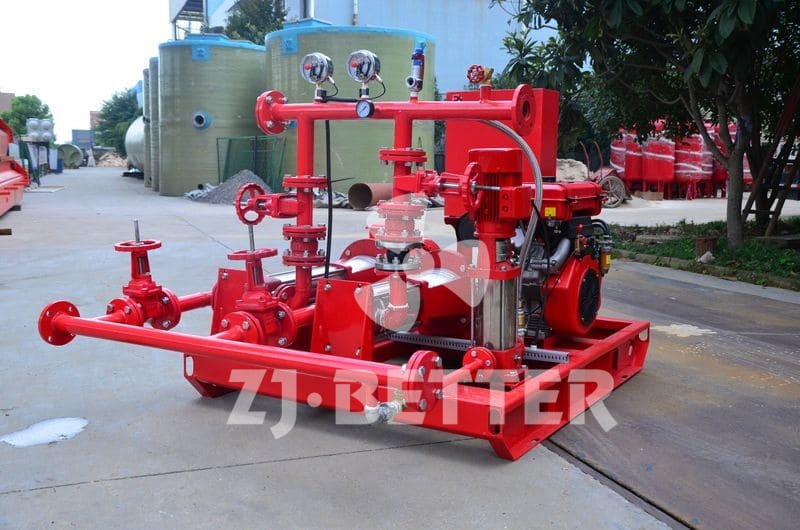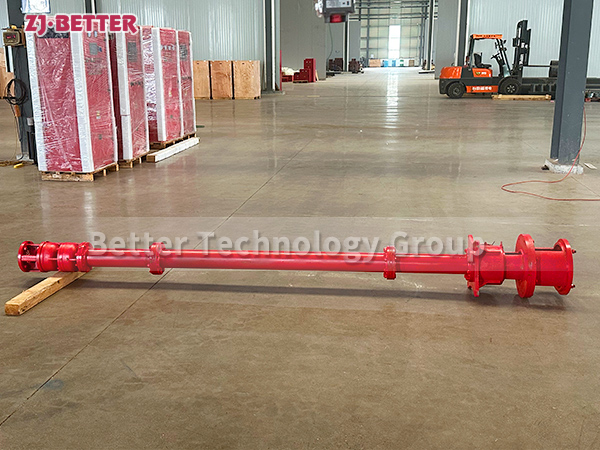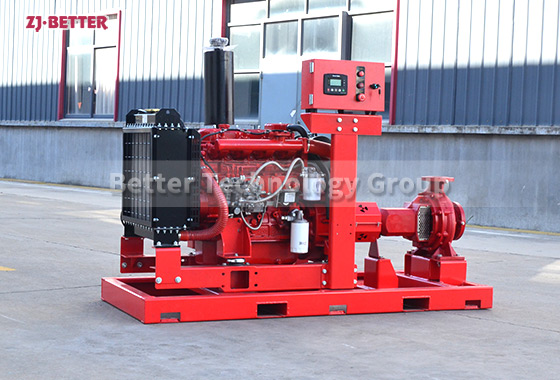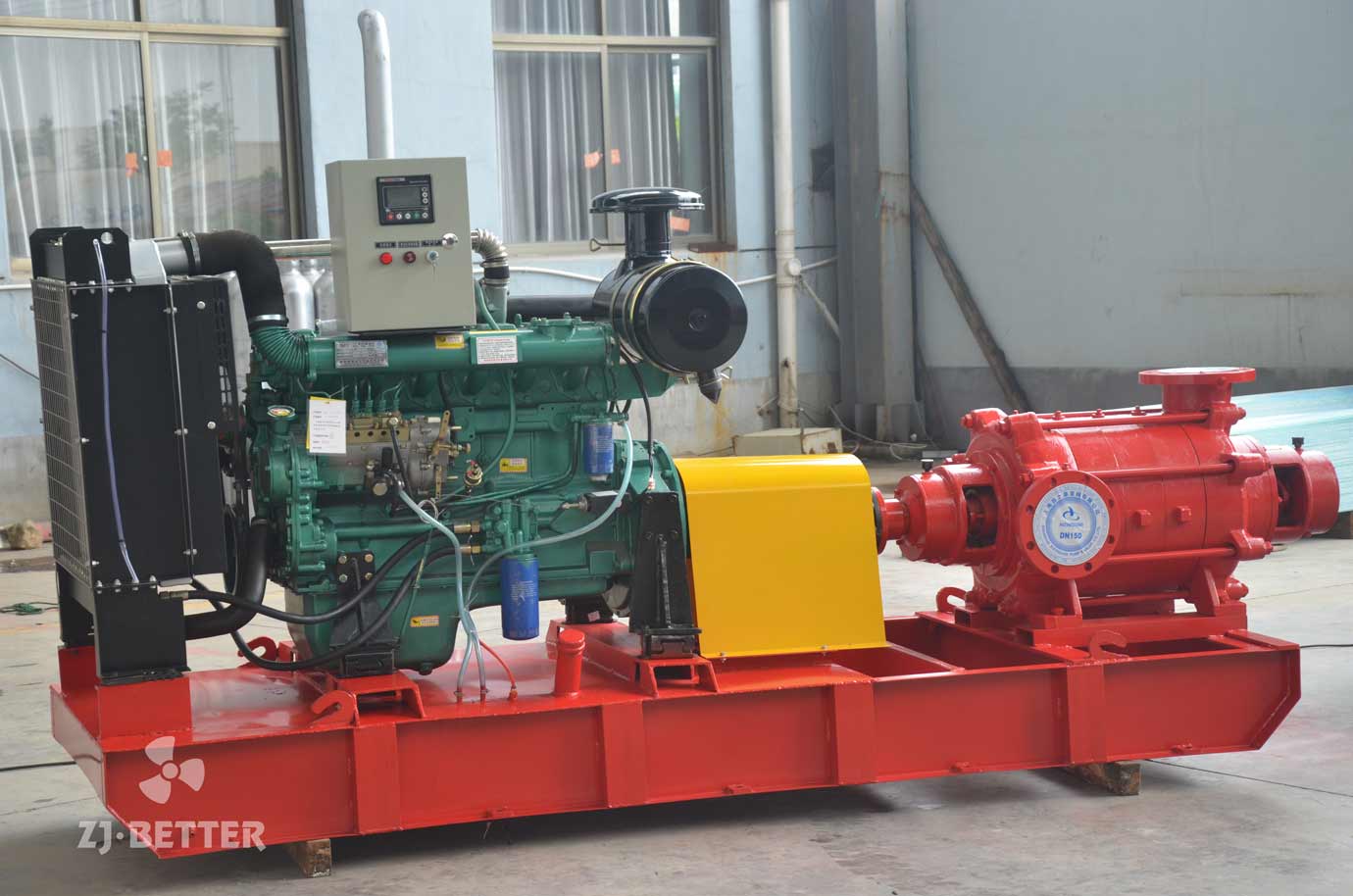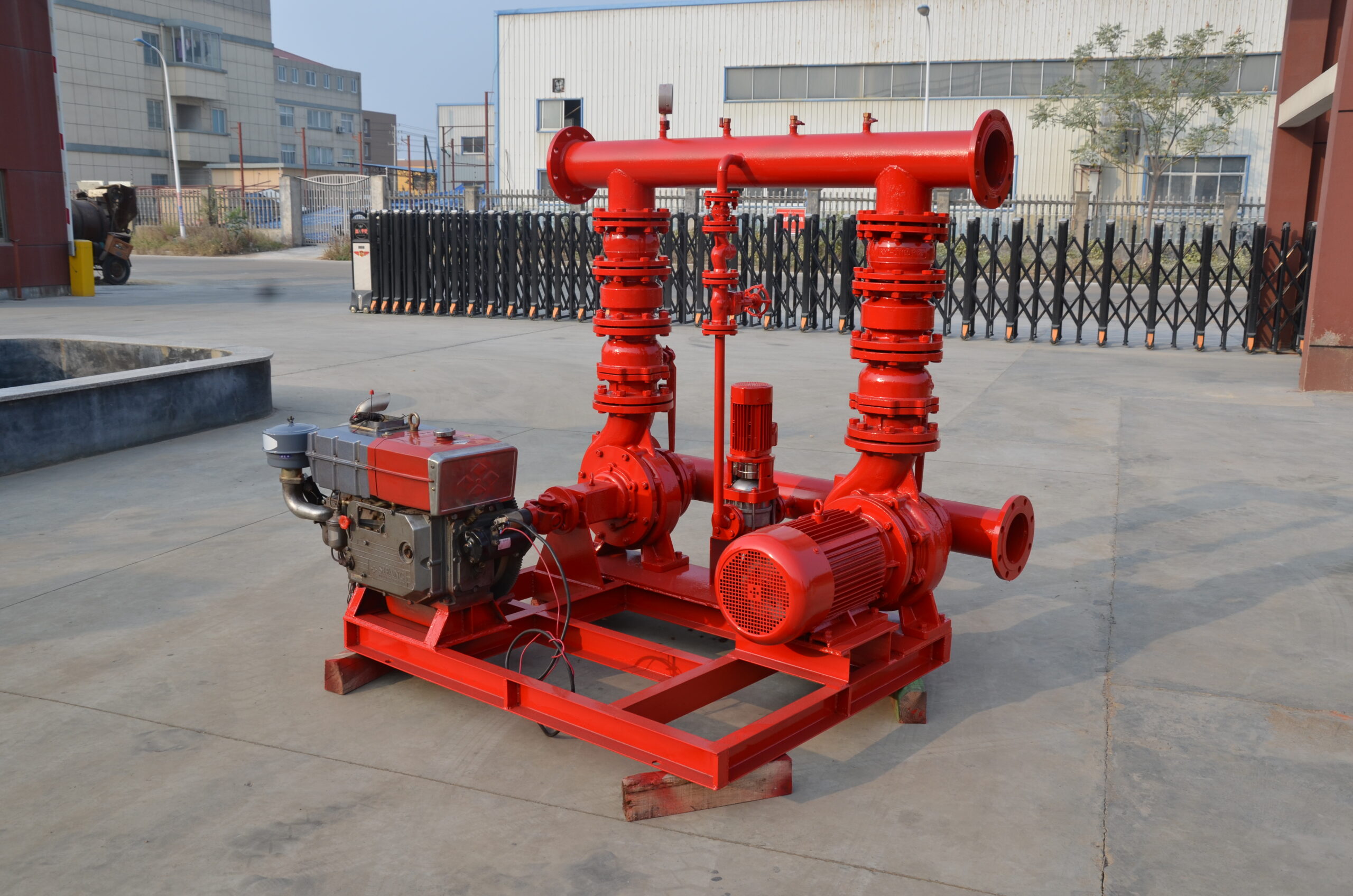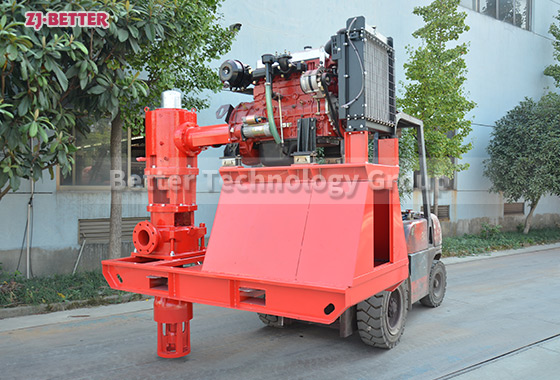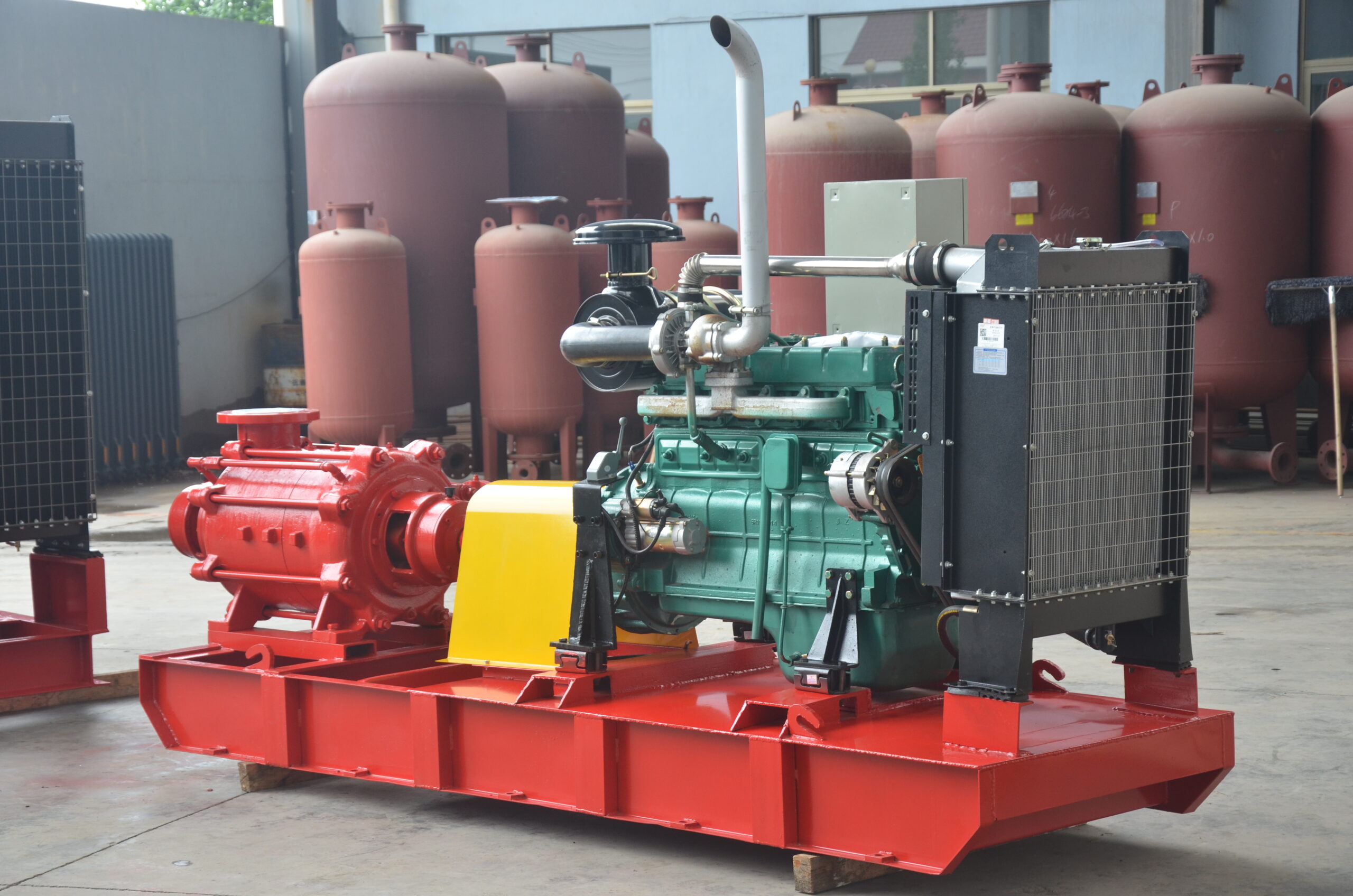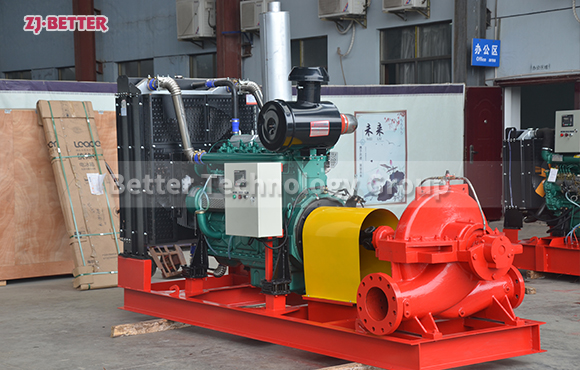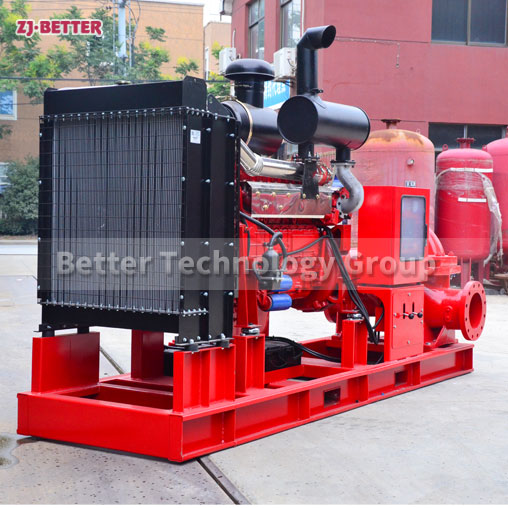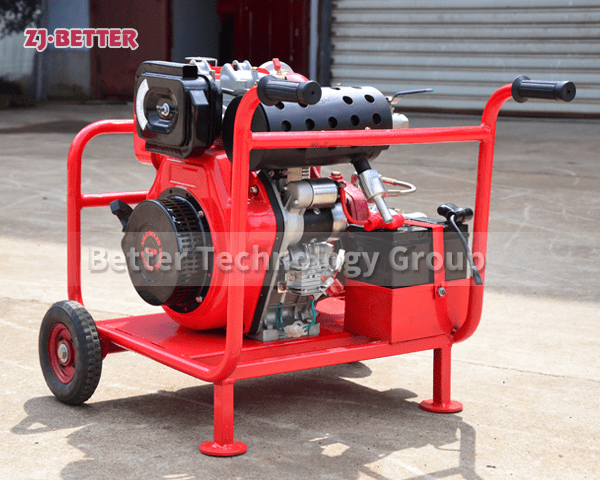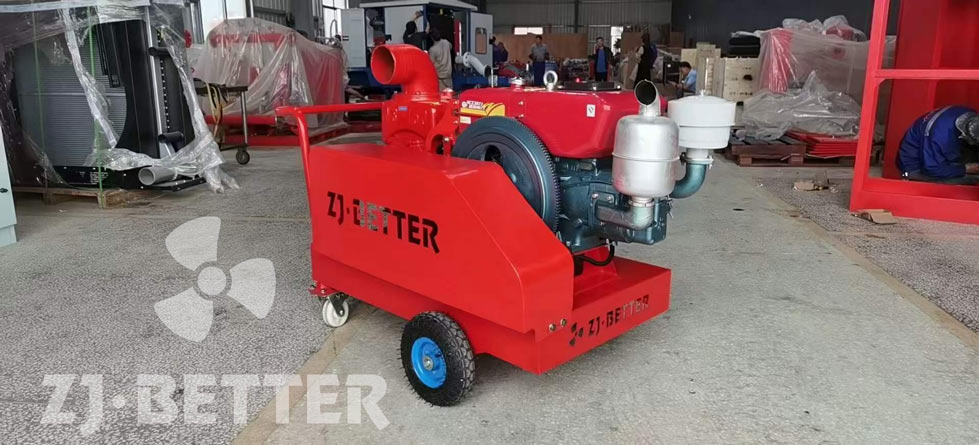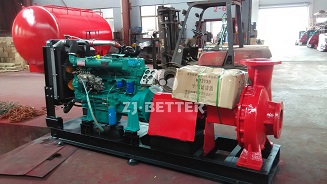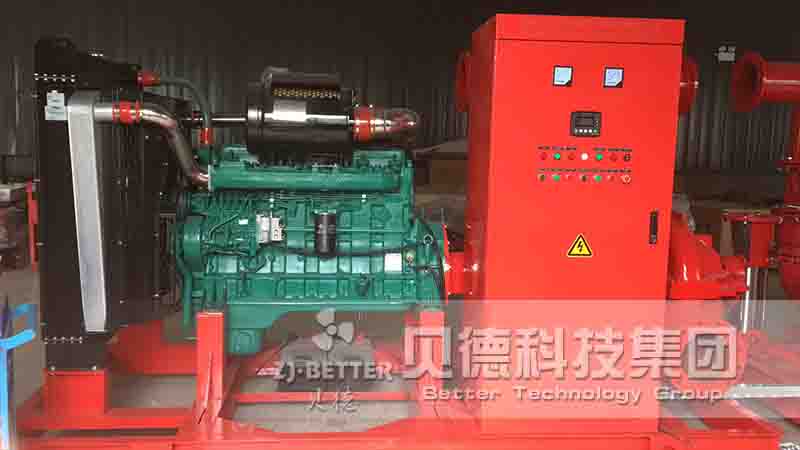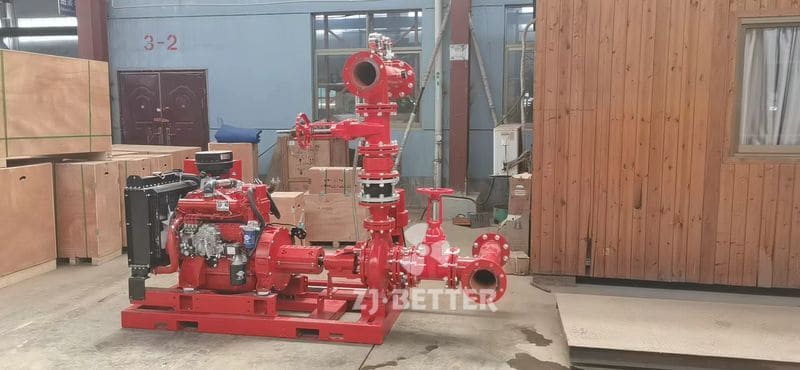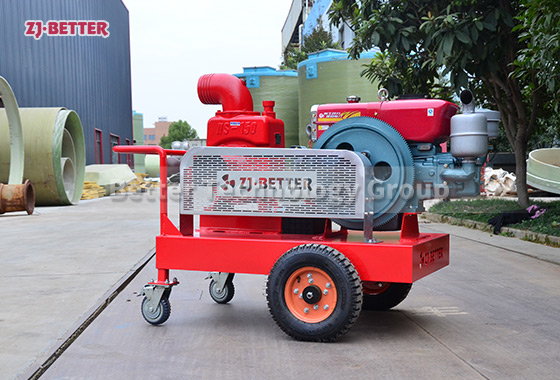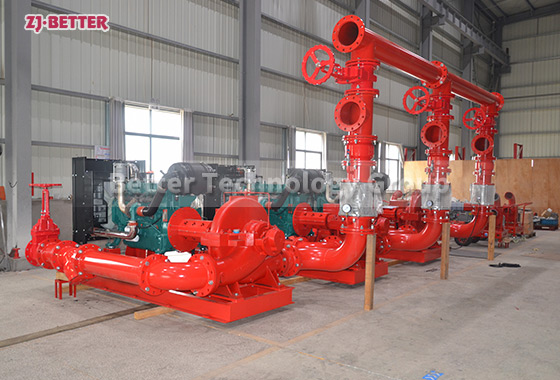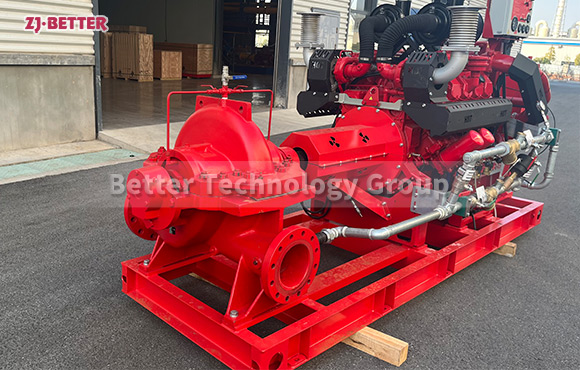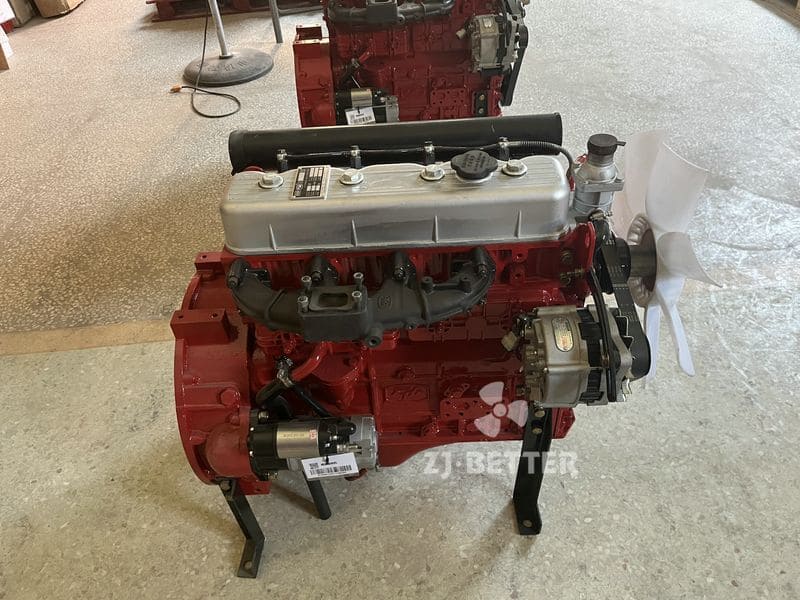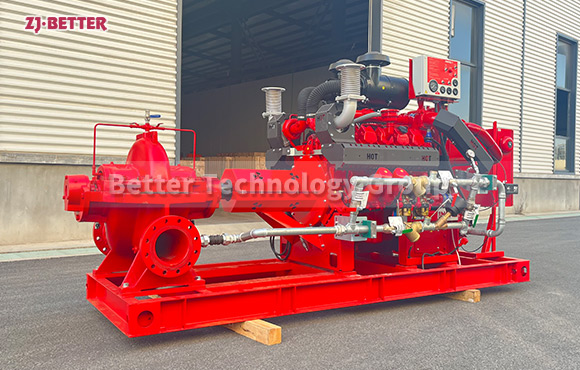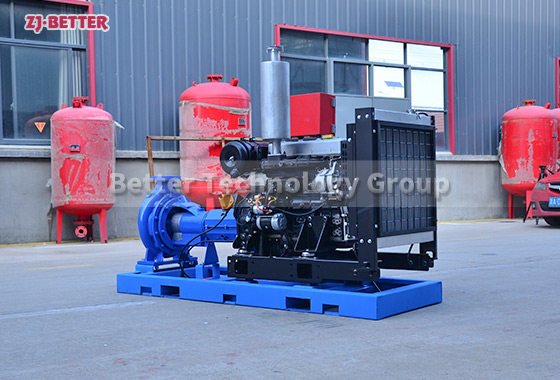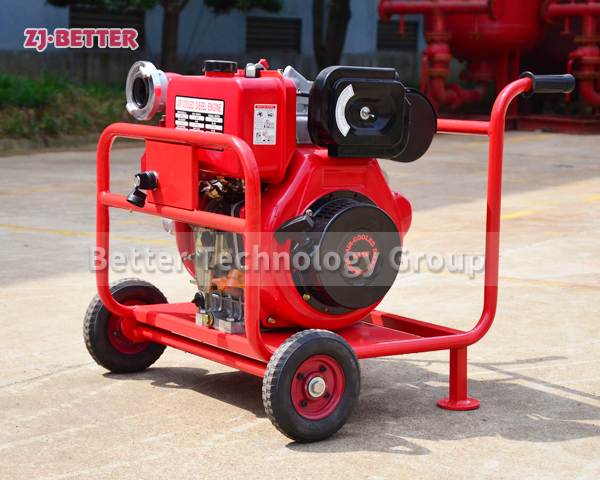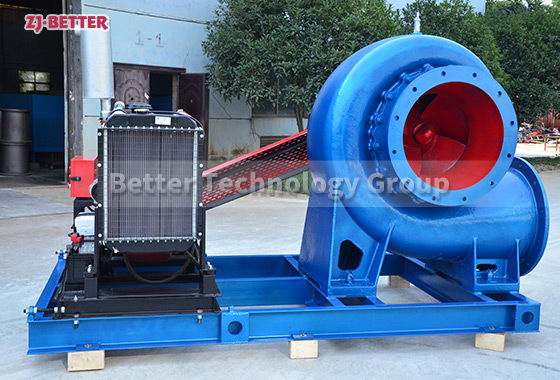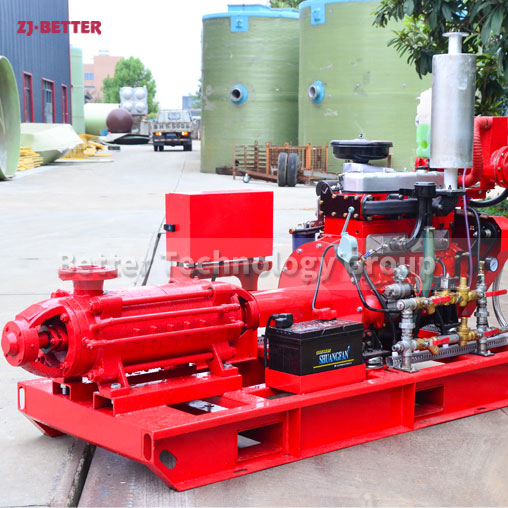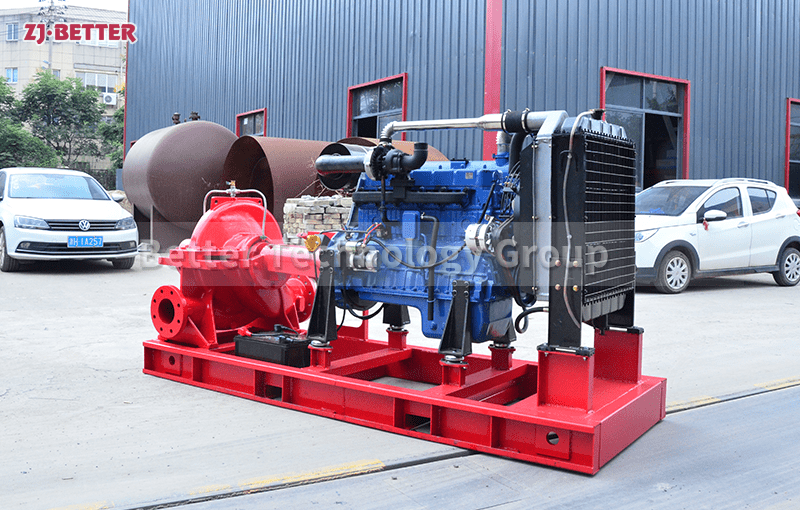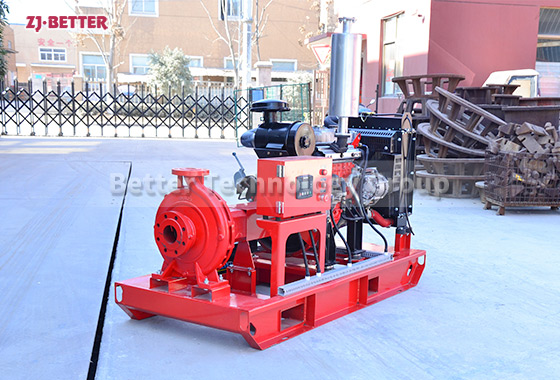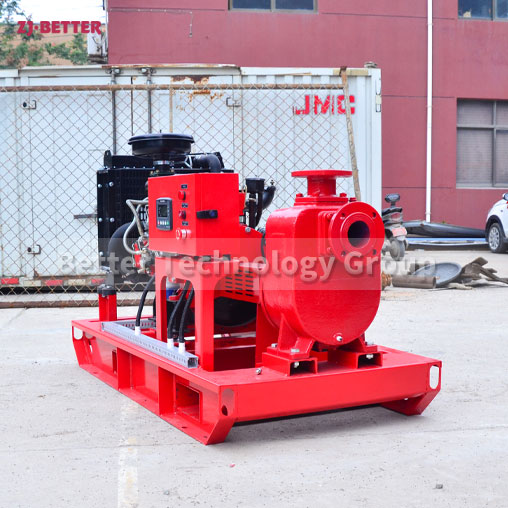Diesel engine fire pump unit is a kind of pump that is widely used in fire protection
Diesel engine fire pump unit is a kind of pump equipment that is widely used in fire protection, and it is more suitable for mobile work in fire pumps. In fact, it is driven by a diesel engine connected to the pump head of the fire pump. Compared with motor drive, it can be used in the field, mines, and places lacking power supply. It is also called a diesel engine pump or a diesel engine fire pump unit.
As a fixed fire-fighting equipment, the diesel engine fire-fighting pump set has been widely used in fire-fighting diversion, especially for fire-fighting water supply in unexpected situations such as no power supply or abnormal power supply (mains power). The water pumps in the unit are horizontal single-stage and multi-stage fire pumps produced by our company, and the diesel engines are all 495, 4135, X6135, 12V135 series models produced by domestic internal combustion engine industry backbone enterprises. Other diesel engines can be configured as power engines. It is mainly composed of diesel engine, fire pump, connection device, fuel tank, radiator, battery pack, intelligent automatic control panel, etc.

